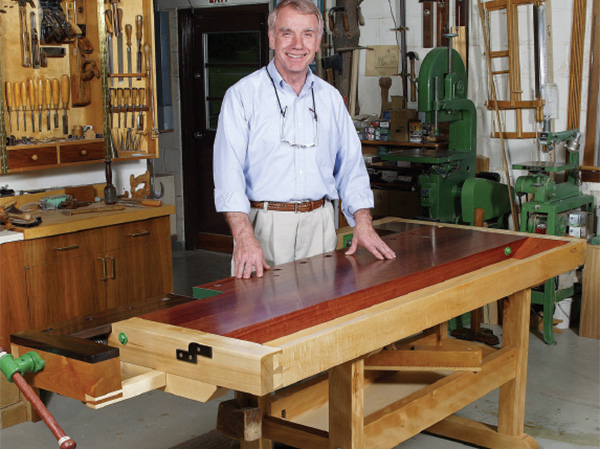Indeed ply offcuts make great sacrificial tops though.
What I didn't do well in pointing out is the fact that if you think ply is flat,
then that could likely be why you doubt you could get your bench top as flat as it.
Not having something what's actually flat to begin with, and as long as the work,
is a recipe for a fight with a hand plane.
If you have 2 lengths of fairly rigid parallel in width timbers,
you can compare them against each other, and the reason I mention parallel is,
so you can flip one over to double the error, should one bowed timber be mating with the
other
Get the angle poise lamp and check if you can see light.
David Charlesworth's old youtubes would explain all that...
as in his definition of a straight edge, and the use of it thereafter,
checking where the work is pivoting from, tolerances to aim for,
plus reliable honest planing methodology to get you there.
The angle poise lamp makes things easier than pivoting to see light under a benchtop,
and shim or plane accordingly.
All the best
Tom






